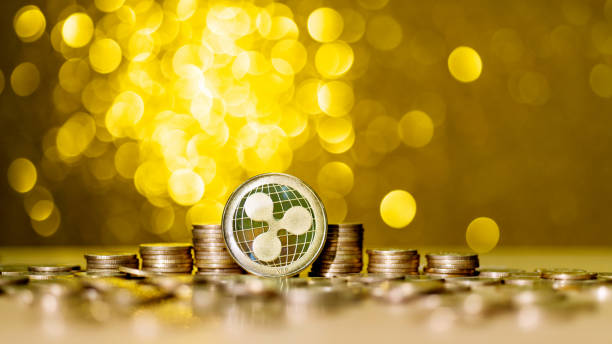The COVID-19 pandemic has erased more than four years of progress in the United Nation’s Sustainable Development Goals (SDGs). While philanthropy is seen as a key contributor to getting the international development agenda back on track, it is plagued by a lack of transparency — a drawback that can be solved by technology.
Introduced in 2015 by the UN, the 17 SDGs range from poverty eradication to clean water and sanitation with a goal of transforming the planet for the better by 2030. Social giving is a critical enabler in using the wealth of the globe to increase the quality of life in the least-developed countries. However, the legacy systems used by charities beg for more transparency, efficiency and accountability — with the latter also being highlighted by the UN as a significant challenge standing before the SDGs.
Blockchain for a better world
Blockchain technology stands as a solution to the need for a traceable and immutable infrastructure for philanthropy, but the traditional proof-of-work (PoW) consensus used by the Bitcoin blockchain often comes under fire for its energy consumption. The Fruits Eco-Blockchain, a project that aims to create an eco-friendly and sustainable economy open to everyone, instead uses a proof-of-capacity (PoC) algorithm to address blockchain’s issue of high gas fees and energy consumption.

Source: IntechOpen
The FRUITS PoC algorithm provides extremely low energy consumption, high security, high-speed transaction, high versatility and no transaction costs. It uses a random draw method for mining, eliminating unnecessary time and power consumption. The multi-layered smart contracts found in the Fruits blockchain are designed for a wide variety of uses, helping with different philanthropic goals. Combined with blockchain’s inherent ability for financial traceability and transparency, it becomes the ideal infrastructure for global charity efforts.
Incentivizing charity with blockchain
When a user spends Fruits coins (FRTS), the native token of the Fruits Eco-Blockchain, the transaction generates a Smile Coin as a sign of gratitude. Smile Coins, also known as the "donation coin” of the platform, can be spent on their charity website (Fruits SDGs Station) to help accelerate the listed SDGs, ranging from providing clean water and sanitation to children in Mali, West Africa, to providing quality education to children in Afghanistan.

How proof-of-capacity mining works. Source: Fruits Eco-Blockchain Project Whitepaper
The team established regional bases named Fruits SDGs Stations in underdeveloped countries in accordance with each region’s climate, culture and characteristics to provide direct help to people in need. In order to incentivize charity, users are automatically granted Thanks Fruits Seed Tokens (TFSTs) following their Smile Coin donation to a Fruits SDGs Station. Each TFST will hold different meanings. As an example, one TFST may act as a lottery token, giving the contributor back more FRTS than before. Users will also earn Smile Coins when they make a transaction on the NFT marketplace, getting another chance to donate and receive Seed Tokens.
To encourage financial inclusivity and support charities, the Fruits Eco-Blockchain Project plans to launch its digital money transfer network, the FRUITS Social Finance Platform, with a financial transaction-focused crypto exchange and charity crowdfunding platform. The team also aims to issue gold-pegged stablecoins, gold ingot NFTs, and build out their NFT marketplace.

Source: Fruits Eco-Blockchain
Blockchain has the potential to act as the gateway to a better society. Its immutability, transparency and scalability enable a wide range of use cases beyond financial inclusivity. Tailoring the fundamental functions of blockchain for specific scenarios, like using a PoC algorithm for an eco-friendly infrastructure, would help with making it the ideal solution to solve major challenges that currently hinder the completion of the international sustainability agenda.
Disclaimer. Cointelegraph does not endorse any content or product on this page. While we aim at providing you with all important information that we could obtain in this sponsored article, readers should do their own research before taking any actions related to the company and carry full responsibility for their decisions, nor can this article be considered as investment advice.











